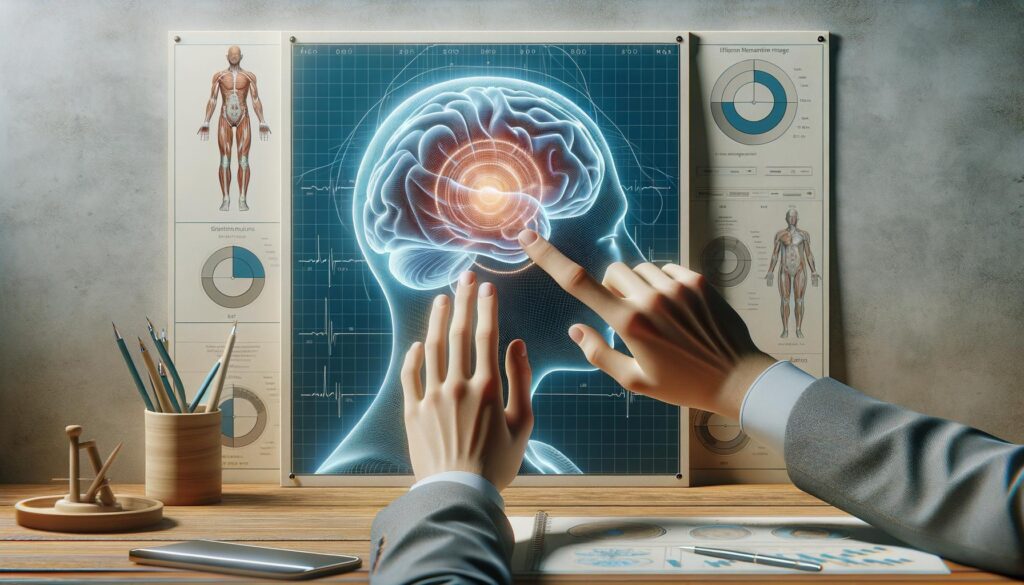Exploring the Benefits of Migraine Massage

Understanding Migraines and Their Impact
Migraines are more than just severe headaches. They are a neurological condition characterized by intense, debilitating headaches and accompanied by a spectrum of symptoms such as nausea, vomiting, and sensitivity to light and sound. For many individuals, migraines can significantly diminish quality of life, impacting both personal and professional activities. Recognizing the different triggers and symptoms is essential for managing this condition effectively. Some common triggers include stress, hormonal changes, certain foods and drinks, and environmental factors. By understanding the multifaceted nature of migraines, individuals can adopt more strategic approaches to prevention and treatment.
The Science Behind Migraine Massage
Massage therapy is increasingly recognized as an effective complementary treatment for migraines. This approach leverages the principles of physical manipulation and relaxation to address the muscular tension and stress that often accompany migraines. Regular massage therapy can help reduce the frequency and severity of migraine attacks. How does this work? Massage therapy promotes circulation and reduces muscle tension, which can alleviate pressure on nerves that contribute to migraine pain. Furthermore, it stimulates the production of endorphins, the body’s natural painkillers, enhancing overall well-being.
Types of Massage Techniques Beneficial for Migraines
Various massage techniques can be particularly effective in mitigating migraine symptoms:
- Swedish Massage: Known for its relaxation effects, Swedish massage can help reduce stress levels, a common migraine trigger.
- Deep Tissue Massage: This technique targets deeper layers of muscle and connective tissue to release chronic muscle tension.
- Trigger Point Therapy: Focused on releasing tension in specific, localized knots, this therapy can provide immediate relief from migraine headaches.
- Scalp Massage: Directly targeting the head, scalp massages can ease migraine by improving blood flow to the brain.
Integrating one or more of these techniques in a regular self-care routine can offer tangible benefits to migraine sufferers.
Creating a Personalized Migraine Massage Routine
Developing a personalized migraine massage routine involves consulting with a professional massage therapist to identify the most suitable techniques for your specific needs. It’s important to communicate your migraine history and any personal triggers with your therapist. A tailored approach ensures that you receive maximum benefits from the therapy. Consistency is key, so consider scheduling regular sessions. At home, you might incorporate self-massage techniques, using tools like foam rollers or massage balls to complement professional treatments.
What to Expect from Migraine Massage Therapy
Embarking on a migraine massage therapy journey can offer immediate and long-term benefits. While some individuals experience significant relief after a single session, others may notice cumulative benefits over time. Initial sessions may focus on identifying specific tension areas and addressing acute symptoms. With continued therapy, many find that their migraine frequency and severity decrease. It’s beneficial to keep a migraine diary to track the effects of massage therapy over time, noting any reduction in migraines and improvements in overall well-being.
Conclusion
Migraine massage offers a promising addition to traditional migraine management strategies. By alleviating stress, reducing muscular tension, and promoting relaxation, this therapy can play a vital role in reducing the impact of migraines on daily life. For those affected by this condition, exploring migraine massage might unlock new avenues of relief, empowering individuals to regain control over their health and well-being.
